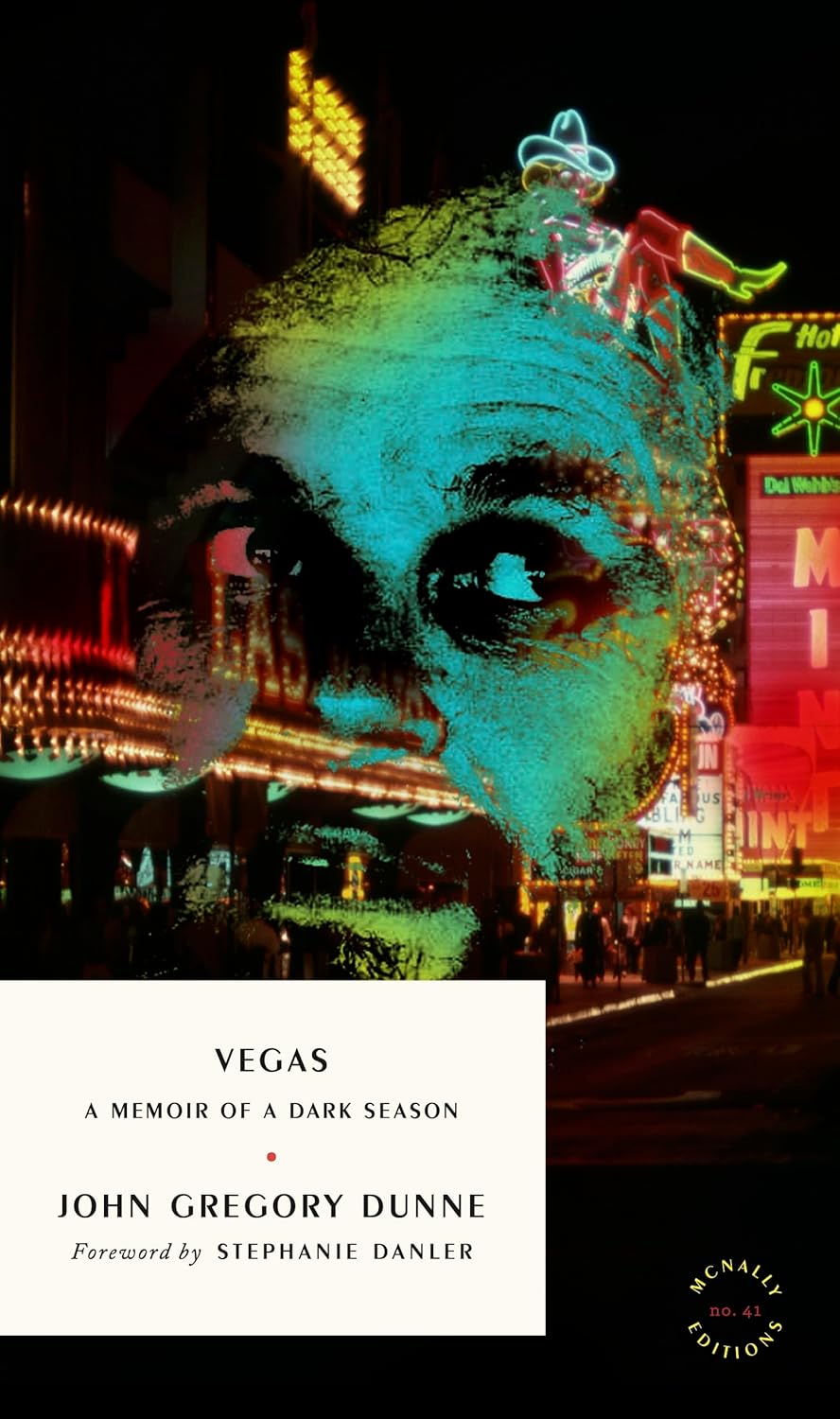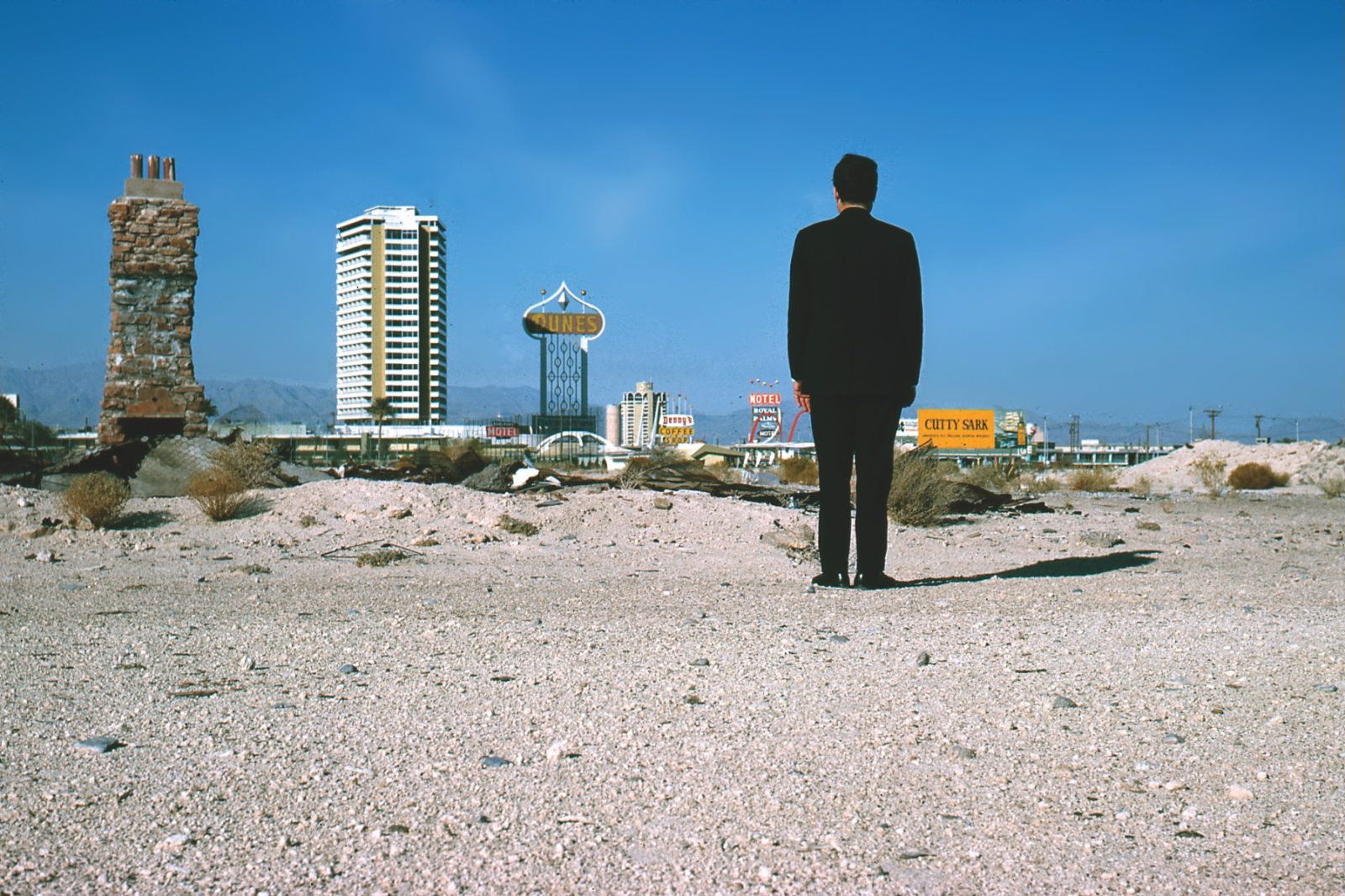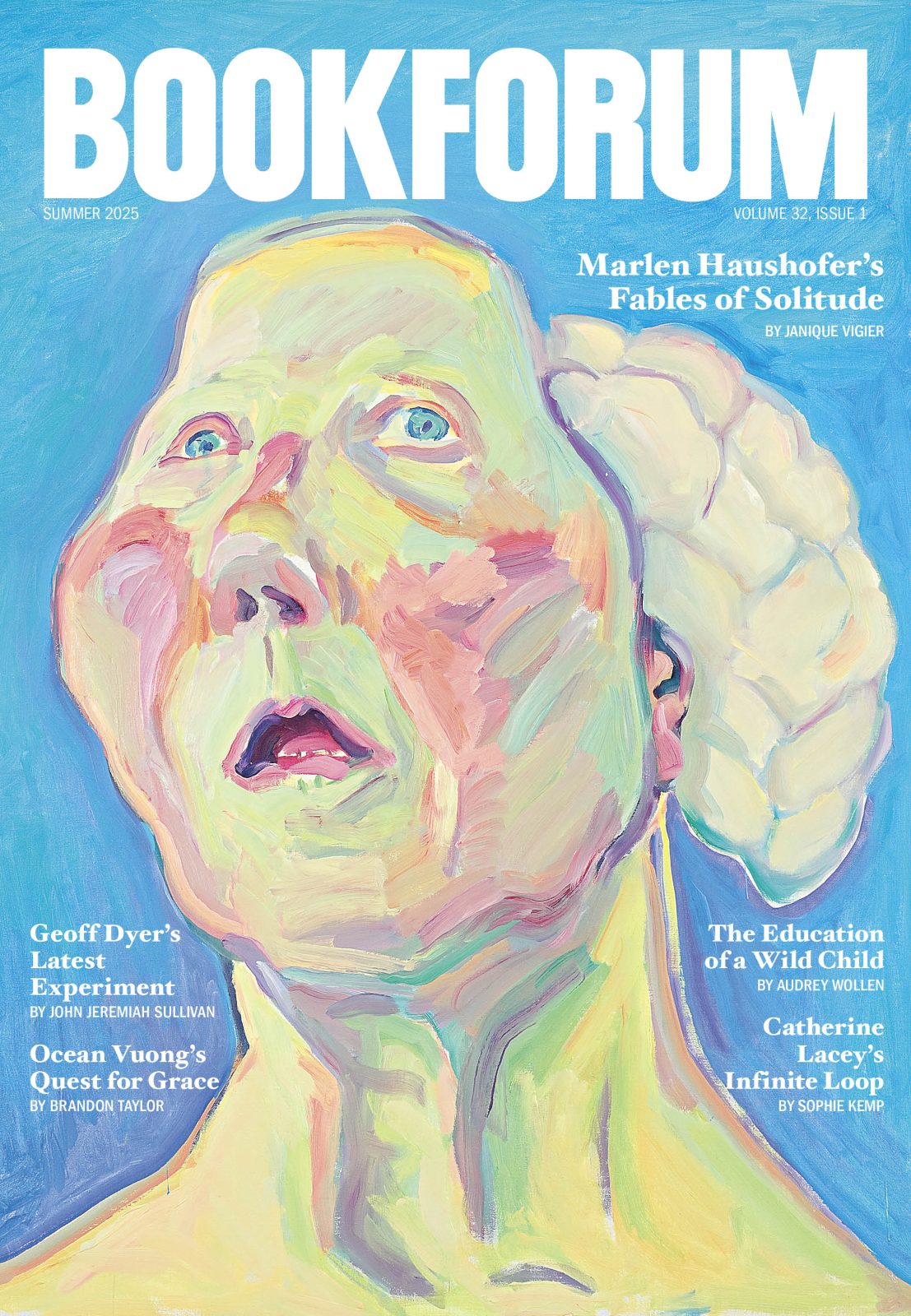
In a 1996 interview with The Paris Review, the reporter and novelist John Gregory Dunne was asked why he chose to classify his 1974 book, Vegas: A Memoir of a Dark Season, as fiction as opposed to journalism. The book recounts six months Dunne spent alone in Vegas, taking a break from his marriage. Dunne, the narrator and protagonist of the book, spends most of it in a severe depression contemplating the possibility of divorce, eating junk food in his rental, and hanging out with a bunch of Vegas archetypes: the sex worker, the private investigator, the failed comic. Dunne tells the interviewer that although he was contracted at the time to write a nonfiction book, he opted to call the finished product a novel “since I made most of it up.” He offers as an example a scene in which he meets the sex worker, Artha, at a casino at five in the morning. He’s not there to gamble money; his brand of gambling takes the form of talking to strangers while in the grip of insomnia. During his conversation with Artha, he discovers some obviously bad poetry she has written on the back of a keno ticket, which he reproduces for the reader. It’s true, Dunne tells the interviewer, that while in Vegas he met a sex worker who wrote poetry. But the poems that appear in the book were written as a joke by his wife, Joan Didion.
Dunne’s previous book, The Studio, had been a nearly soulless but delightfully precise fly-on-the-wall account of a year spent shadowing executives working in and around Fox. (A lot of it, too much, is about the making of Doctor Dolittle.) He’d go on to publish several novels, all period and genre pieces, nothing like Vegas. Reviewers at the time didn’t quite know how to label Dunne’s book. A writer in The Times Literary Supplement referred to Vegas as a “fictionalized memoir.” The New York Times critic called it “an exercise in journalism-as-therapy.” Hunter S. Thompson’s Fear and Loathing in Las Vegas had come out three years earlier, so the general readership was acquainted with the concept of reporters telling outlandish, artful lies about what they had endured on the Strip.
But now, with the benefit of hindsight, it can be said that forty years prior to the publication of 10:04, when Ben Lerner was just a twinkle in his father’s eye, Dunne was already publishing guilt-ridden autofiction about masturbating into a cup at the doctor’s office. The scene appears in the lead-up to the Vegas trip, when Dunne goes to the doctor to test the potency of his sperm after failing to conceive a child naturally with his wife (they have an adopted daughter, Quintana Roo). He pictures all twenty-eight women he’s slept with, but none come to his aid. The scene is of a piece with his crisis, one of masculinity, marriage, and scorekeeping. He writes of the constant arguments he’s been having with his wife, “Hers was a war of attrition, of nuance and inflection and pregnant pauses, the Viet Cong against the tactical nukes. It was an uneven struggle.” Didion makes only a few appearances in the book, all captivating. Of one fight, Dunne writes, “I said that living with her was like living with one piranha fish. She said dealings with women aged people.”
Chaste and fairly sober, but possibly operating under the influence of his wife’s most recently published novel Play It as It Lays, Dunne starts going on long driving expeditions. Then he starts staying nights at motels in Brawley and Ukiah, bingeing TV, harboring sexual fantasies about Julia Child from watching so many episodes of The French Chef. After a few weeks living in a Vegas hotel he rents a condo at the Royal Polynesian and the book kicks into gear.
Many of the book’s fictionalized reporting scenes center on Jackie Kasey, a down-on-his-luck Jewish comic whose latest character act is Brother JayJay the evangelical. In an early scene Kasey tells Dunne that in this town, “You got to get the little people behind you. The waitresses and the bartenders.” Dunne goes for the obvious joke that has no chance of aging well: “It was as if he were talking about a serving class of three-foot-two midgets.” Much of Dunne’s material hasn’t aged well or was too ripe to begin with. I’ll buy that in the 1970s people said things like “his wife got the menopause”—I wasn’t there and am in no position to correct those who were—but a random description of a tour guide that reads, “Her breasts were like isosceles triangles and the bulbs of her buttocks leaked out from under her shorts,” just doesn’t seem worth it.
Dunne the writer makes it impossible to untangle his own perspective from that of Dunne the narrator, which at times feels like an abdication of responsibility. But that’s one of the freedoms fiction can afford a writer, and at the book’s outset his narrator says, as if for insurance, “responsibility is what one is trying to avoid in the first place.” What Dunne’s going for is a reckless dive into states of depression and dissolution. Kasey is facing the demise of his career. Dunne witnesses a former dice manufacturer get hunted down by a private investigator for running out on a $2,700 marker. Vegas is getting hit hard by the recession (“Empty rooms over Fourth of July weekend”). Dunne himself is on the precipice of losing his family, hasn’t written anything in a year, is pushing forty, and has succumbed to an acute fear that death is near at hand.

Twice Dunne’s narrator has the opportunity to sleep with women but instead calls his wife and compulsively repeats these offers back to her, like a guilty auctioneer. In his telling she is icily calm about these events, and encourages him to go through with it, if that’s what he wants. “You’re missing the story if you don’t meet her,” she says. You get the sense that her composure quietly devastates him, and he never actually cheats.
Descriptions of Dunne’s hardscrabble, filthy-mouthed subjects are interwoven with autobiographical passages about the narrator’s upbringing in Hartford, and the concurrent development of his sexual and occupational voyeurism. In his early New York days, he lived across the street from a woman who didn’t draw her blinds when she had sex, and Dunne’s narrator hypothesizes freely on the relationship between exhibitionist and voyeur (“Her life was a book whose pages I felt free to turn”). Dunne the narrator, and the writer, was the fifth of six children in an upper-middle-class Irish Catholic family. His dad was a surgeon. Dunne overcame a childhood stutter and went to Princeton then on to New York City, where he eventually met and married Didion. The two moved to Los Angeles and became a successful screenwriting team, churning out work that funded the many books they wrote alone. We also learn from Dunne the narrator that he was sent to a boarding school as a teenager after he stole 588 condoms, none of which he used, from the storeroom of the drugstore where he worked. He and his friends resented the working-class Polish girls from the town over, “who took a business course in high school and worked in the factories of East Hartford and who were said to fuck.” He describes himself in college as something of a reticent hanger-on, a social climber, and a non-lothario. Unlike Thompson’s gonzo journalism classic, Vegas features no exalted passages about looking back five years at “the high-water mark” of youth culture and hopeful rebellion. Dunne talks tough but more than admits he’s square.
Still, comparisons are bound to be drawn between Thompson’s Fear and Loathing and Dunne’s portrait of self-loathing. Thompson indulged in substances while Dunne sticks to booze. Thompson tooled around with a buddy; Dunne was all on his lonesome. But the most tragically comic of these distinctions is that Thompson went to Vegas on assignment for Rolling Stone, chasing the promise of exorbitant magazine fees, and he was still incredibly irresponsible about it. Dunne went to Vegas to get away from his wife and child while in the depths of depression and still managed to turn the trip into work.
This is a man who once wrote an essay about the time he and Didion didn’t get the gig to adapt John le Carré’s novel The Little Drummer Girl, despite getting pretty far along in the hiring process. He wrote an entire book, Monster, about the eight years of minor setbacks and frustrations that it took him and Didion to complete the screenplay for Up Close & Personal, a film that did just OK. Another writer (Didion, for instance) might have taken the L, but, as we well know by now, Dunne publishes his. It’s a bit sweaty to advertise all the mundane effort that goes into showbiz; at the same time, there’s something honest and workmanly about this approach. Why waste perfectly good material? In his essays and books on Hollywood, Dunne views the screenwriter as a figure without much power and with even less honor. He is nothing if not realistic. In one essay he likens his writing jobs to the work of a pipelayer, and he is at his most endearing when making boldly self-effacing (but not exactly self-deprecating) claims like, “There’s no such thing as a great screenplay. Because they are not meant to be read. There are just great movies.”
There’s a character in Vegas who’s like this too, a hard worker. A man whose steady, faithful labors often go unnoticed. He appears in only one scene, as the boyfriend of a showgirl-turned-graphologist who examines a sample of Dunne’s handwriting and informs him: “You’re artistic, you dislike routine and you’re a nonconformist.” Then the boyfriend shows Dunne what he’s been working on. He gets out a piece of paper and starts writing down numbers. He’s writing down all the numbers between one and a million. He’s already done it a few times before. Now that’s a lot of material! Imagine the journals upon journals filled with notes—the hours of grunt work that always pay off. All that pipe laid end to end, building toward a conclusion. So it goes with Dunne’s diligent missives. To quote Dunne’s doctor delivering his prognosis: “They won’t win any races. But they get there.”
Hannah Gold is a writer in New York.
